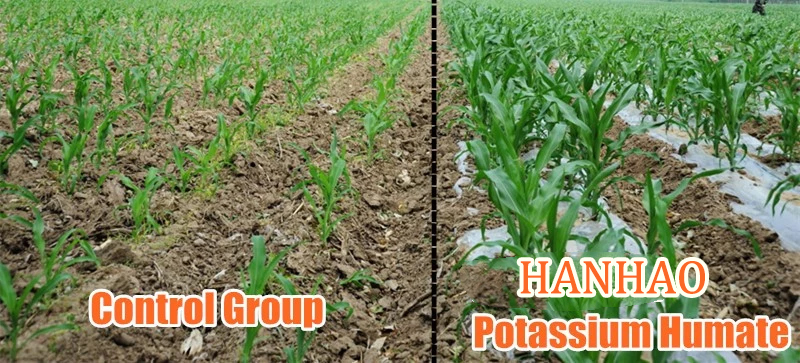
7月 . 27, 2024 23:20 Back to list
Exploring the Benefits and Applications of 18-209-9 Fertilizer in Modern Agriculture Practices
Understanding the Impact of 18-209-9 Fertilizers in Modern Agriculture
In the ever-evolving world of agriculture, fertilizers play a pivotal role in ensuring that crops achieve optimal growth and yield. Among the various types of fertilizers available in the market today, the 18-20-9 formulation has gained significant attention due to its balanced combination of nitrogen (N), phosphorus (P), and potassium (K). Each of these nutrients plays a crucial role in plant health, making this fertilizer particularly effective for various agricultural applications.
Composition and Benefits
The numbers in the fertilizer designation 18-20-9 refer to the percentage of nitrogen, phosphorus, and potassium, respectively. A fertilizer with this formulation contains
- 18% Nitrogen (N) Nitrogen is essential for the growth of leaves and stems. It is a vital component of chlorophyll, the compound that plants use for photosynthesis. Adequate nitrogen levels result in lush, green foliage and promote overall plant vigor.
- 20% Phosphorus (P) Phosphorus is critical for root development, flowering, and fruiting. It plays a significant role in energy transfer within the plant, influencing metabolic processes and the formation of DNA and RNA. The higher phosphorus content in the 18-20-9 fertilizer makes it especially beneficial during the early stages of crop development and when plants are transitioning into their blooming phase.
- 9% Potassium (K) Potassium is integral to maintaining plant health and stress resistance. It helps regulate water usage, enhances disease resistance, and promotes the growth of strong stems and roots. While the potassium content is lower compared to nitrogen and phosphorus, it still contributes significantly to the overall efficacy of the fertilizer.
Application and Usage
18 9 9 fertilizer manufacturer

The 18-20-9 fertilizer is commonly used in various agricultural sectors, including vegetables, fruits, and ornamental plants. Its balanced nutrient ratio makes it suitable for a wide range of soil types and crop conditions.
Farmers typically apply this fertilizer at specific growth stages of the plants, with an emphasis on pre-planting and early growth phases. The initial application helps establish strong root systems, while subsequent applications can be timed with flowering and fruit development to maximize yields.
Environmental Considerations
While the benefits of using 18-20-9 fertilizers are clear, it is crucial for farmers to be mindful of their environmental impact. Over-application can lead to nutrient runoff, which may contaminate local water sources and disrupt ecosystems. Therefore, it is essential to follow soil testing recommendations and use the fertilizer judiciously to minimize environmental risks.
Several manufacturers also focus on producing slow-release formulations of the 18-20-9 fertilizer. These types of fertilizers gradually release nutrients over time, reducing the risk of leaching and ensuring that plants have access to necessary nutrients throughout the growing season.
Future Trends
As agriculture continues to adapt to the challenges posed by climate change and soil degradation, the demand for smart fertilizer solutions like 18-20-9 is projected to grow. Manufacturers are exploring innovative technologies, such as enhanced efficiency fertilizers and biostimulants, to improve nutrient uptake and reduce environmental impact.
In conclusion, the 18-20-9 fertilizer plays a significant role in modern agriculture, providing a balanced nutrient supply that supports healthy plant growth and high yields. Understanding its components and application strategies is essential for farmers seeking to optimize their production while maintaining sustainability. As the industry evolves, the collaborative efforts of manufacturers, researchers, and farmers will be critical in developing environmentally friendly practices and ensuring food security for future generations.
-
10-10-10 Organic Fertilizer - Balanced NPK Formula
NewsAug.02,2025
-
Premium Organic Manure Compost for Eco Gardens
NewsAug.01,2025
-
Organic 10-10-10 Fertilizer | Balanced Plant Nutrients
NewsJul.31,2025
-
Premium Amino Acid Fertilizer | Rapid Plant Growth Booster
NewsJul.31,2025
-
10 10 10 Fertilizer Organic—Balanced NPK for All Plants
NewsJul.30,2025
-
Premium 10 10 10 Fertilizer Organic for Balanced Plant Growth
NewsJul.29,2025
